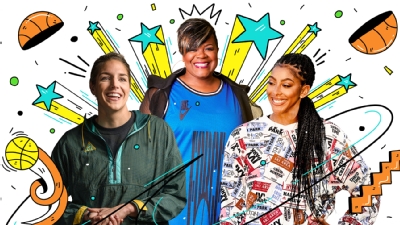
Indy 500
The Women of Paretta Autosport
Roughly 30 laps into Sunday's 105th running of the Indianapolis 500, driver Simona De Silvestro will pull into pit lane. In the six seconds it takes to refuel her No. 16 Paretta Autosport Chevrolet, her crew will swap out four Firestones, adjust the front wing and attend to the Aeroscreen windshield on her IndyCar. Typically, teams want pits that are flawless, fast and fade into the noise of the race.
But the Paretta team expects to attract attention. Because for the first time in motorsports history, four of its seven over-the-wall pit crew members will be women. De Silvestro's two spotters will be women. Two of her engineers, including a Data Acquisition Guy, will be women. And every front office role at Paretta Autosport -- from business operations to public relations to merchandise and marketing -- is filled by a woman.
"It’s important to me that the bigger message is this isn’t women at the expense of men," says team owner Beth Paretta, whose vision to create a coed race team has been six years in the making. "I'm trying to expand the grid."
During the team's first outing at the Indy 500, Paretta hopes young girls see ponytails fly over the wall during pit stops and women engineers communicating from the timing stand. She also wants the novelty to wear off quickly: "My hope is that in five years, us being a team of mostly women is the least interesting thing about us."

















